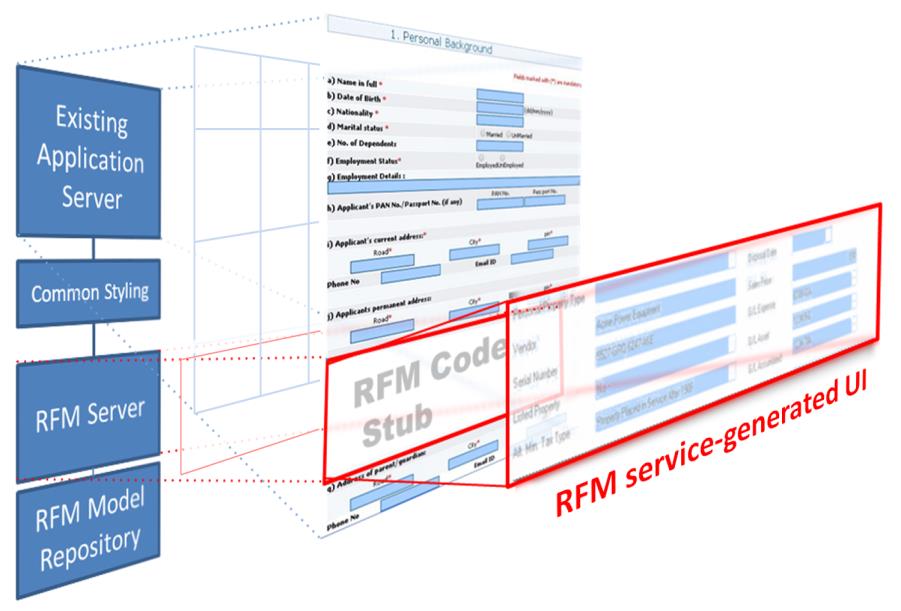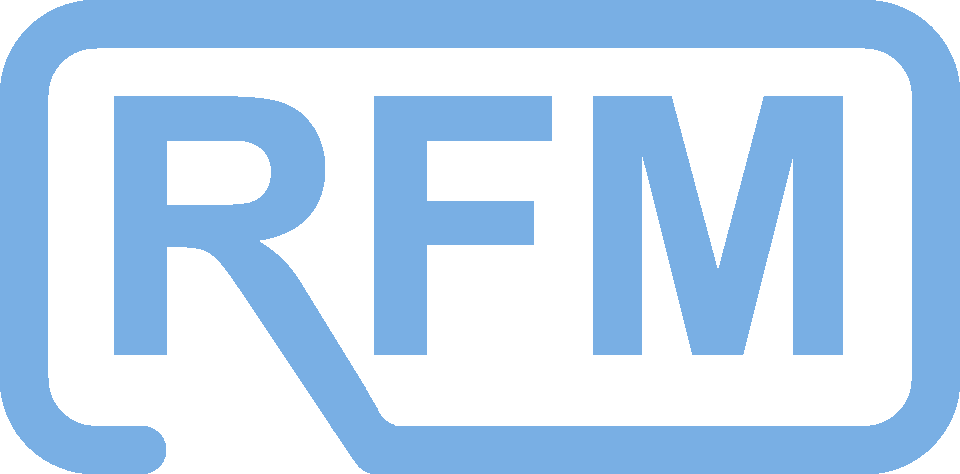Model Injection™
Simplify model delivery and integration from man-months to mouse clicks

Model Injection™
Simplify model delivery and integration from man-months to mouse clicks
|
 |
 Model Injection™ starts with a Services Oriented Architecture (SOA). SOA greatly simplifies enterprise information
architectures by unambiguously defining “authoritative services” that are solely responsible for providing a nominated
set of capabilities throughout the enterprise. At the foundation of Model Injection™ is the RFM Services Core, which
becomes the authoritative source of models throughout the enterprise. The RFM Services Core offers a rich and stable
set of data objects and methods for defining models, populating them with data from almost any source, accessing their
metadata, and executing the functions they define. A comprehensive and granular security layer with integrated session
management and transaction control protects all Model Injection™ services. It includes configurable access control
and logging down to the individual transaction. The RFM Services Core exposes both traditional SOAP 1.1, and also REST interfaces.
As with all SOA services, “implementation hiding” ensures that any internal changes made to the RFM Services Core do not
affect the client systems that consume those services. While this is one of SOA’s much-touted benefits, it hides a
critical but rarely mentioned blind spot:
Model Injection™ starts with a Services Oriented Architecture (SOA). SOA greatly simplifies enterprise information
architectures by unambiguously defining “authoritative services” that are solely responsible for providing a nominated
set of capabilities throughout the enterprise. At the foundation of Model Injection™ is the RFM Services Core, which
becomes the authoritative source of models throughout the enterprise. The RFM Services Core offers a rich and stable
set of data objects and methods for defining models, populating them with data from almost any source, accessing their
metadata, and executing the functions they define. A comprehensive and granular security layer with integrated session
management and transaction control protects all Model Injection™ services. It includes configurable access control
and logging down to the individual transaction. The RFM Services Core exposes both traditional SOAP 1.1, and also REST interfaces.
As with all SOA services, “implementation hiding” ensures that any internal changes made to the RFM Services Core do not
affect the client systems that consume those services. While this is one of SOA’s much-touted benefits, it hides a
critical but rarely mentioned blind spot:
| Description | |
| Level 0 | Standard SOA architecture without user interface extensions. |
| Level 1 | SOA architecture with abstract UI metadata from Model Injection server. Clients are responsible for rendering this in their implementation language. |
| Level 2 | SOA with client-language UI generated by Model Injection server and configuration templates. No work required on client to manage UI. |
 Download PDF
Download PDF
 |
Risk Framework Manager
|
|
PRODUCTS & SERVICES
SUPPORT
COMPANY
EVENTS & MEDIA
THOUGHT LEADERSHIP
|
 Please send me more information
OK to call me
|
Copyright © 2018 RFM